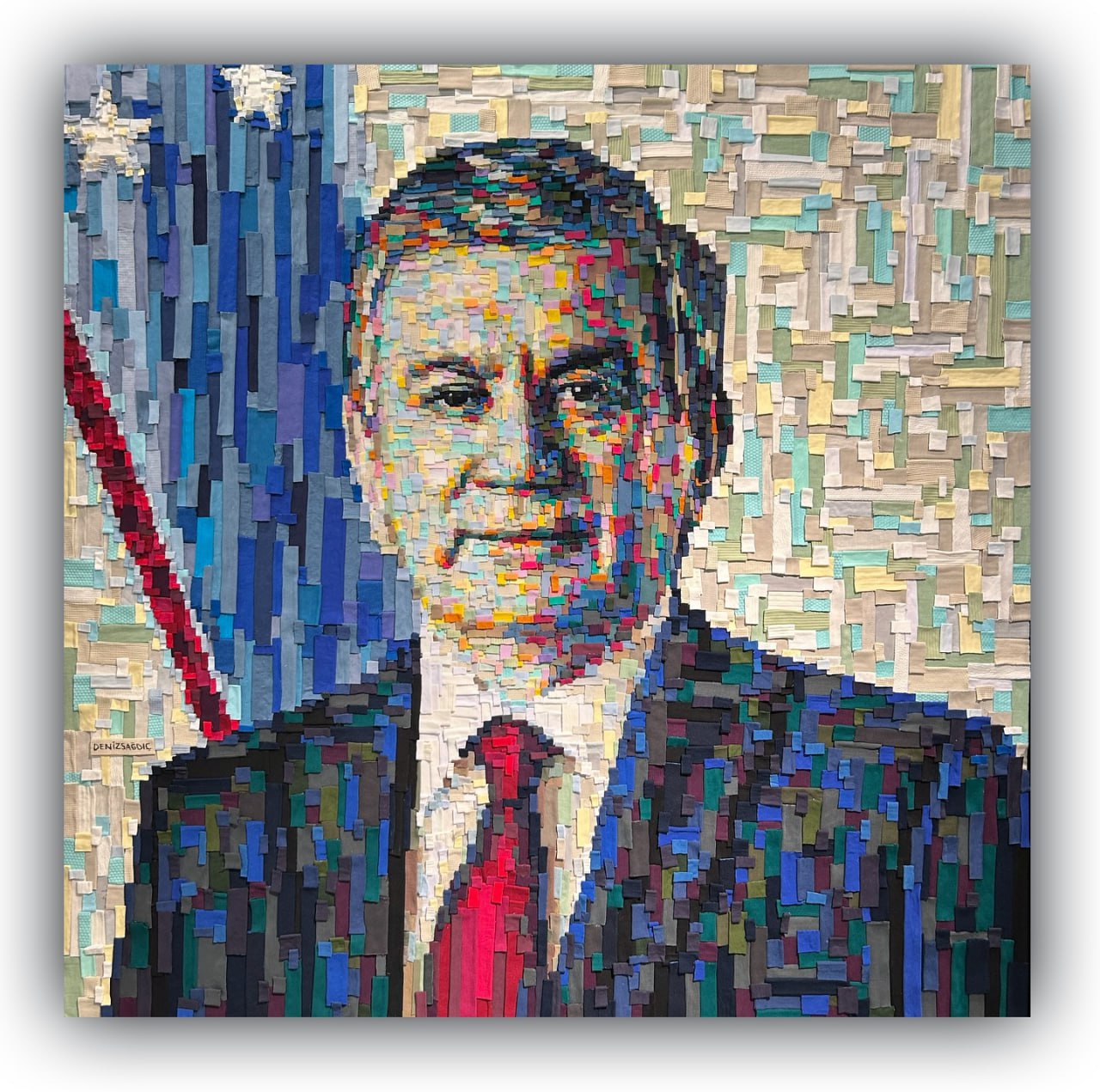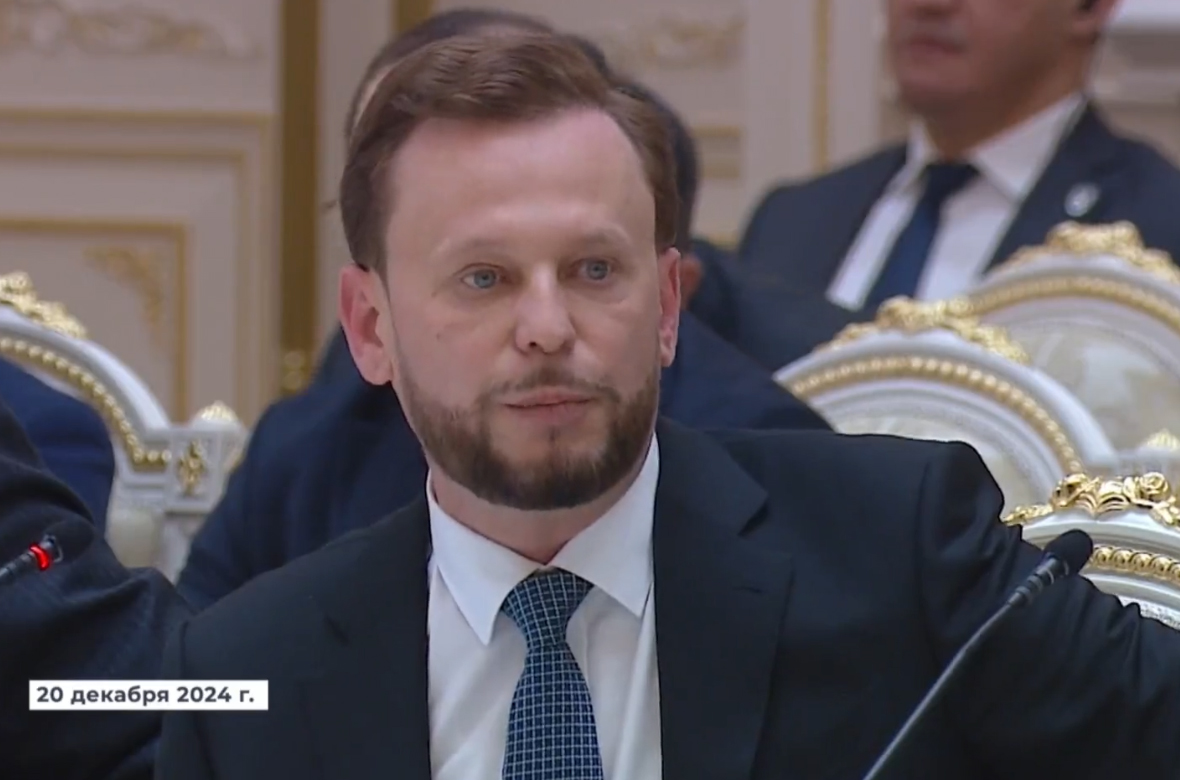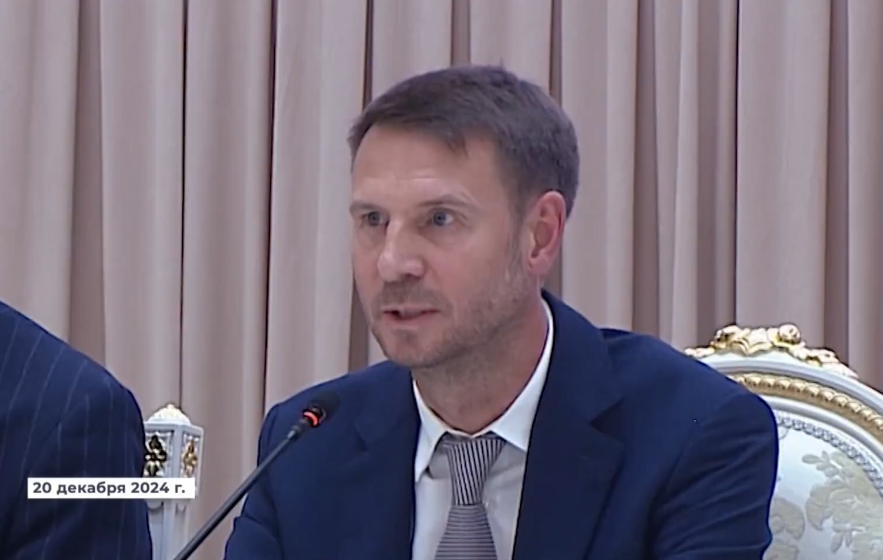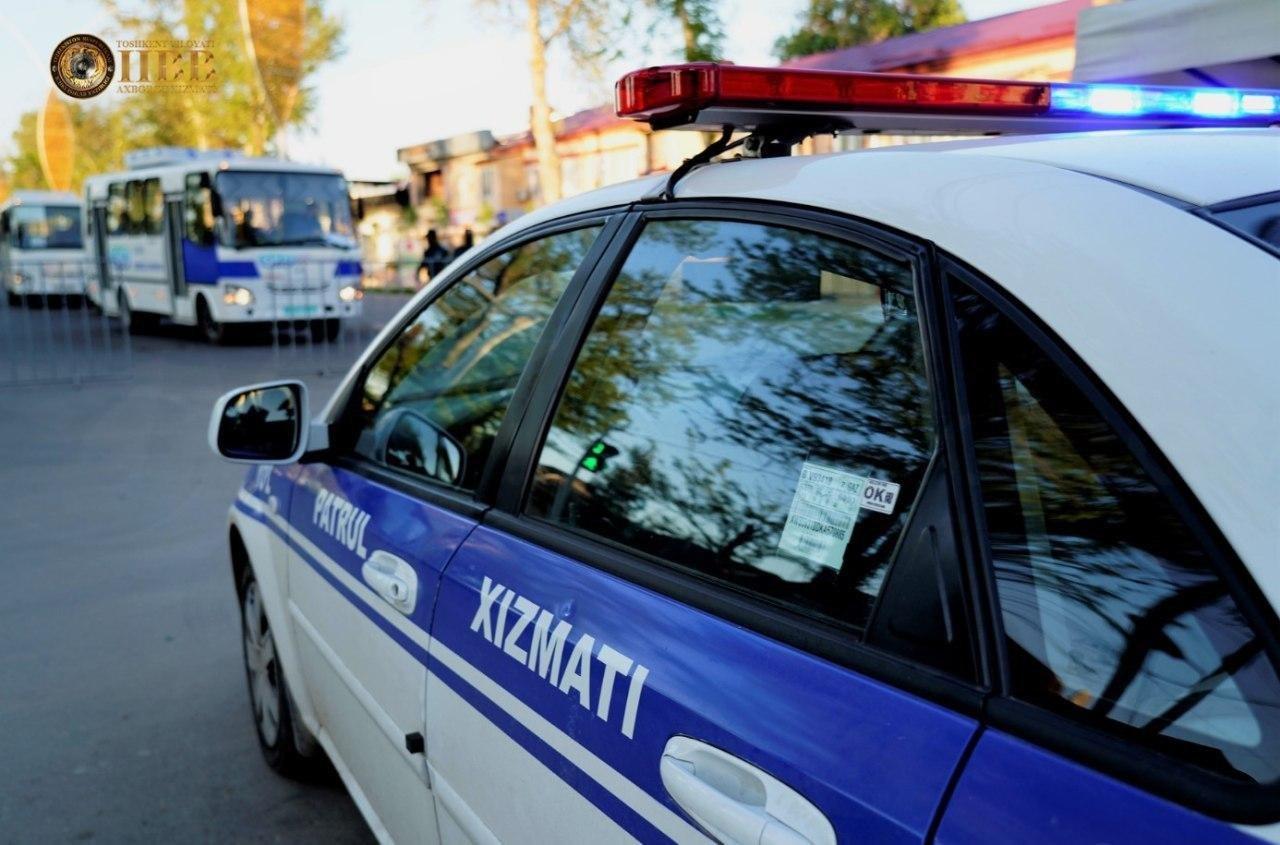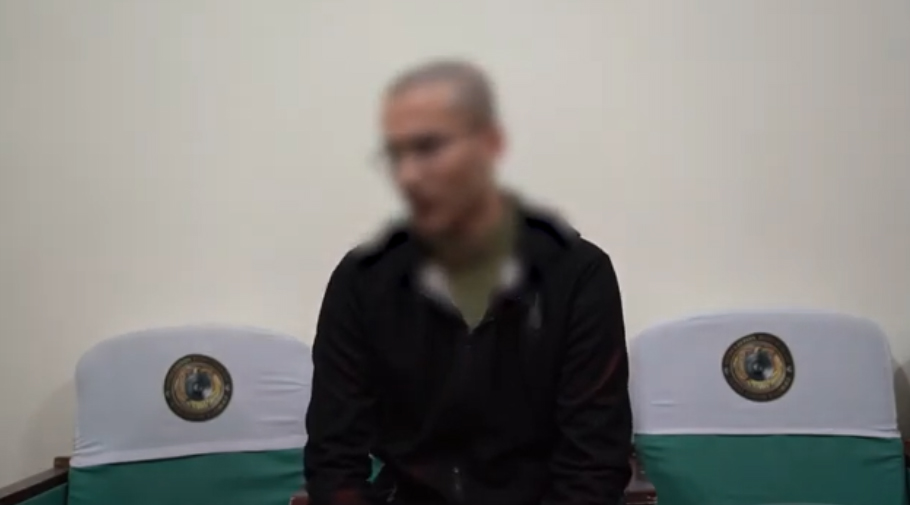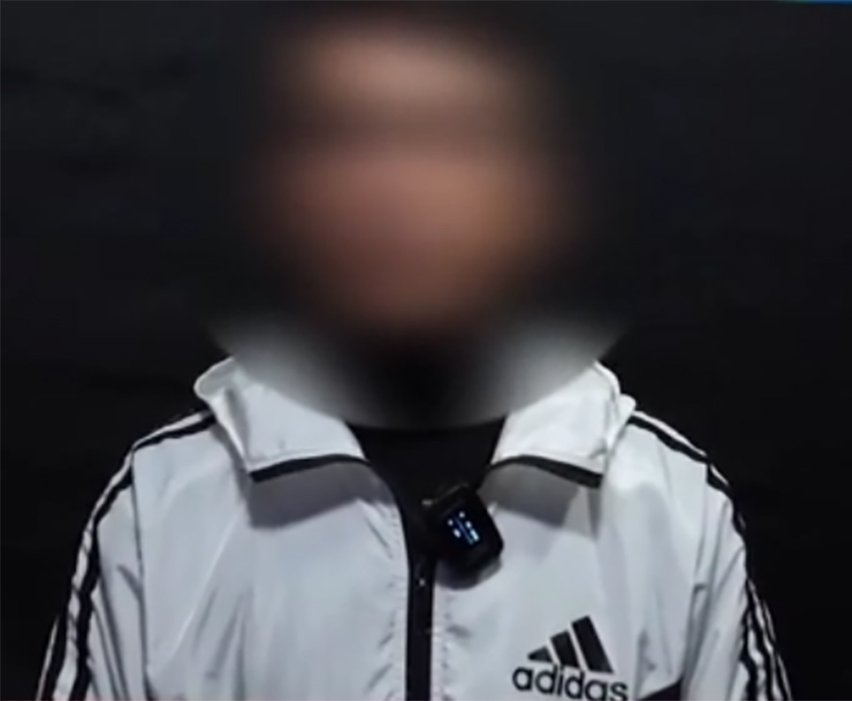This article is also available in:
Русский (Russian)
Uzbek
Turkish artist Deniz Sagdic has crafted a one-of-a-kind portrait of the President of Uzbekistan by using waste materials, specifically fabric scraps left over from sewing. This unconventional approach highlights the artist’s mission to use waste to create art and, in doing so, draw attention to environmental issues.
Sagdic, known for her innovative projects, actively incorporates a wide variety of materials into her work, ranging from plastic containers and colorful buttons to old cables and batteries. Her new series of works, including the portrait of the President of Uzbekistan, is part of the Ready-ReMade project, which focuses on the importance of recycling and reusing waste.
“I always strive to emphasize the importance of recycling and environmental awareness in my art,” the artist explains.
Some of the works created as part of this project are displayed at Istanbul Airport, one of the largest transportation hubs in the world, which is visited by hundreds of thousands of people daily. The airport serves as an ideal platform to showcase artwork that promotes eco-friendly thinking.
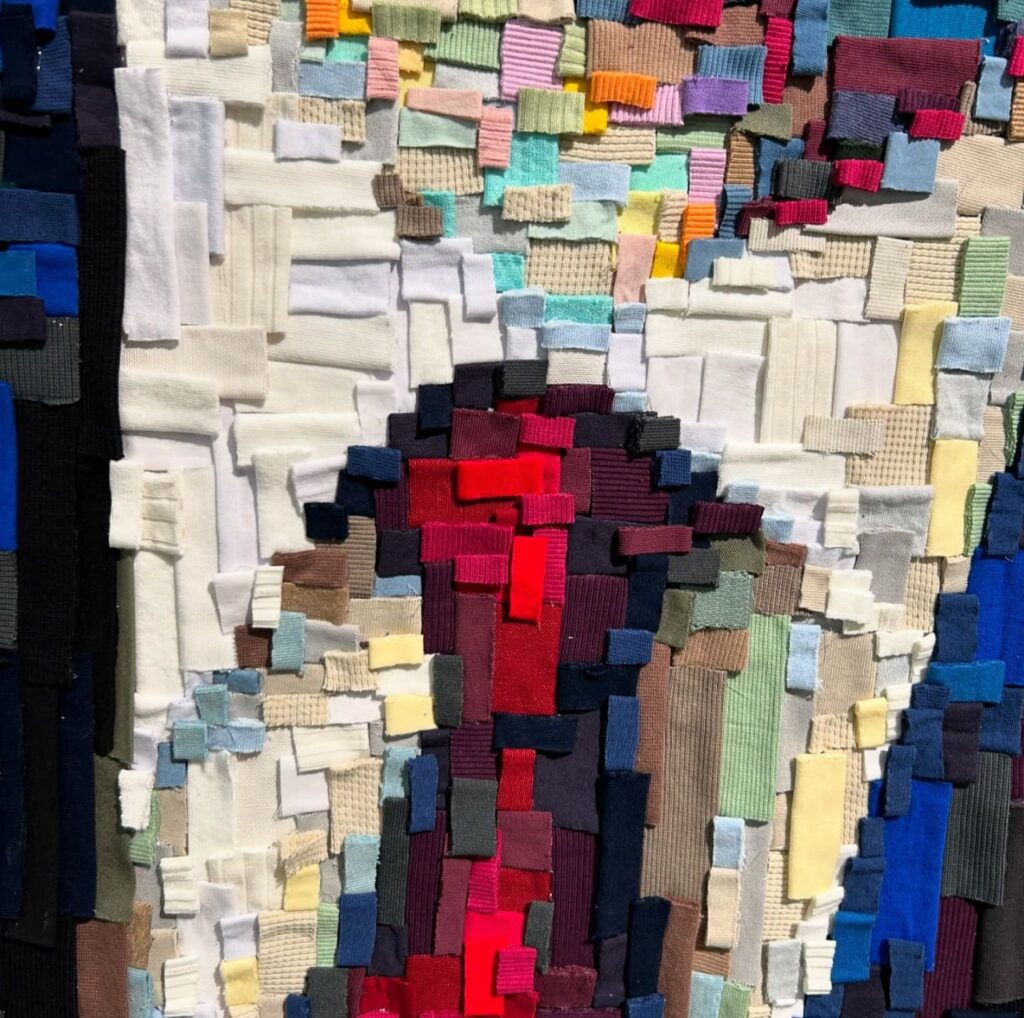
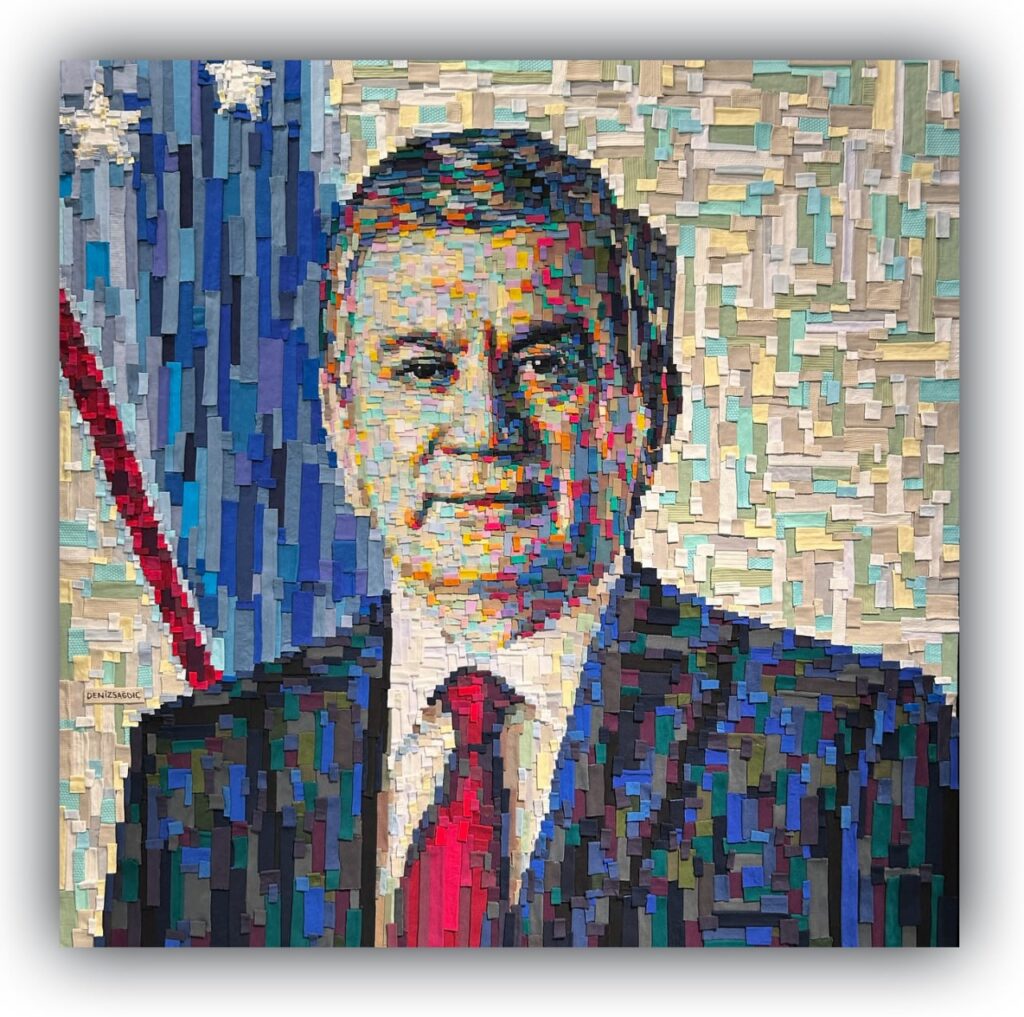
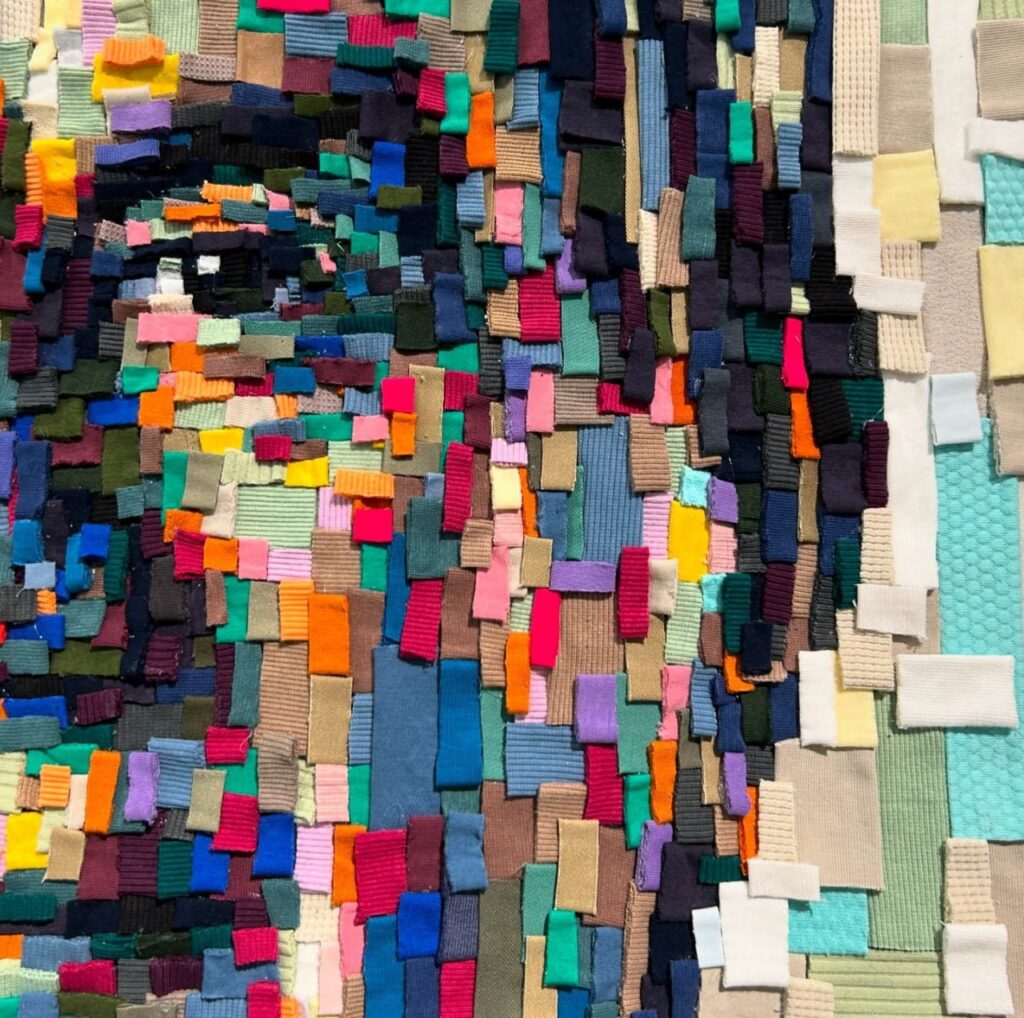
“Hundreds of thousands of people pass through the airport daily, generating vast amounts of waste. Istanbul Airport is a microcosm where the paths of residents from Asia, Europe, and Africa intersect. This is also reflected in the variety of waste produced here,” added Sagdic.
The artist’s works not only raise awareness of ecological issues but also encourage people to rethink their habits. Environmental problems are a challenge not just for individual countries, but for the entire world, and through art, the artist offers a global solution—to reconsider our approaches to waste and its use.
This unique project, which includes the portrait of the President of Uzbekistan, serves as a striking example of how art and ecology can work together to inspire people to think about their contribution to solving global problems.
The text has been translated by AI. For more accurate information, please refer to the Russian version of the article

